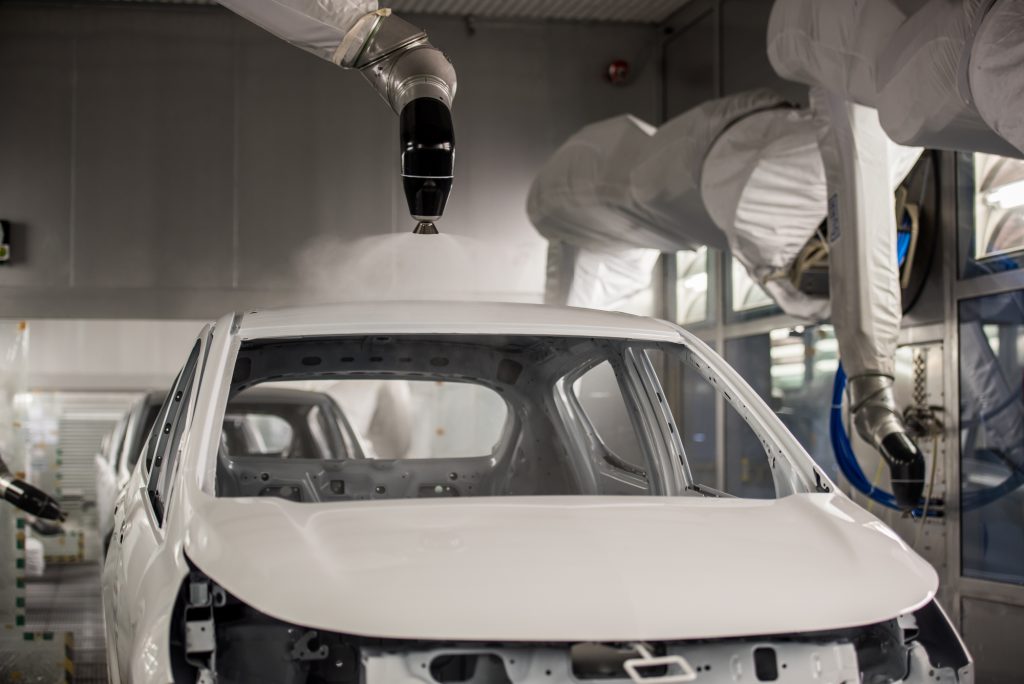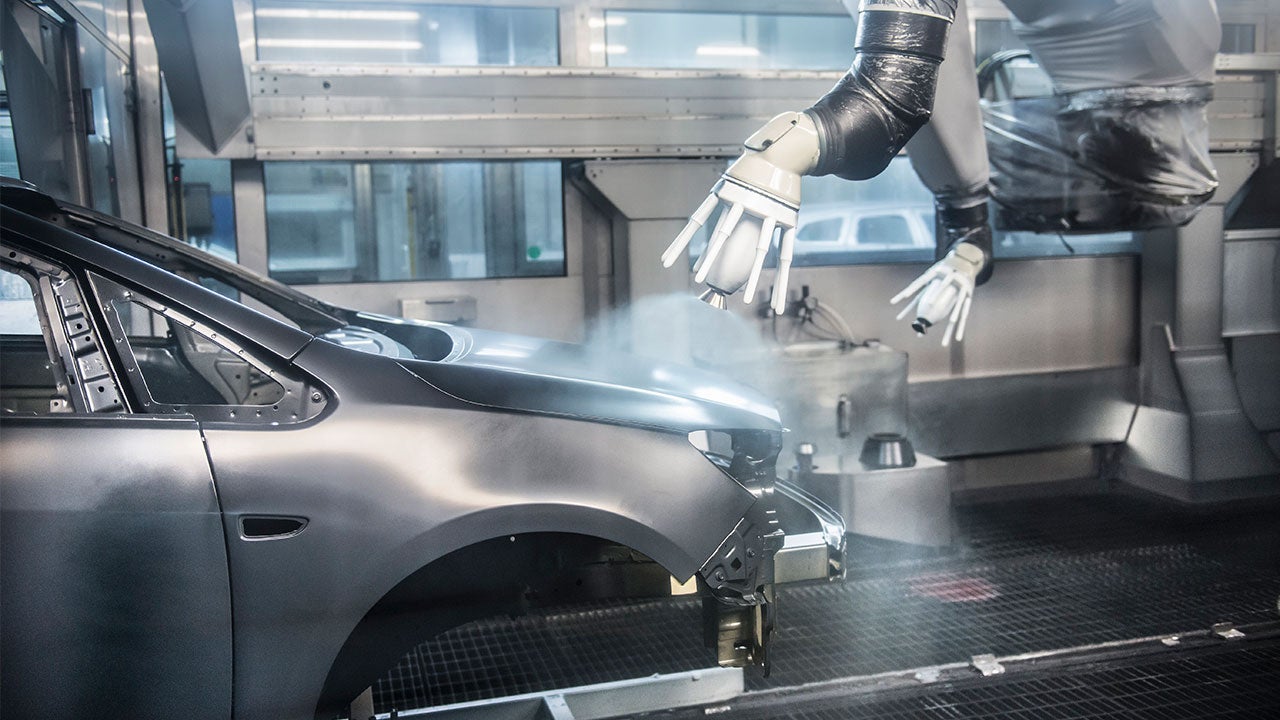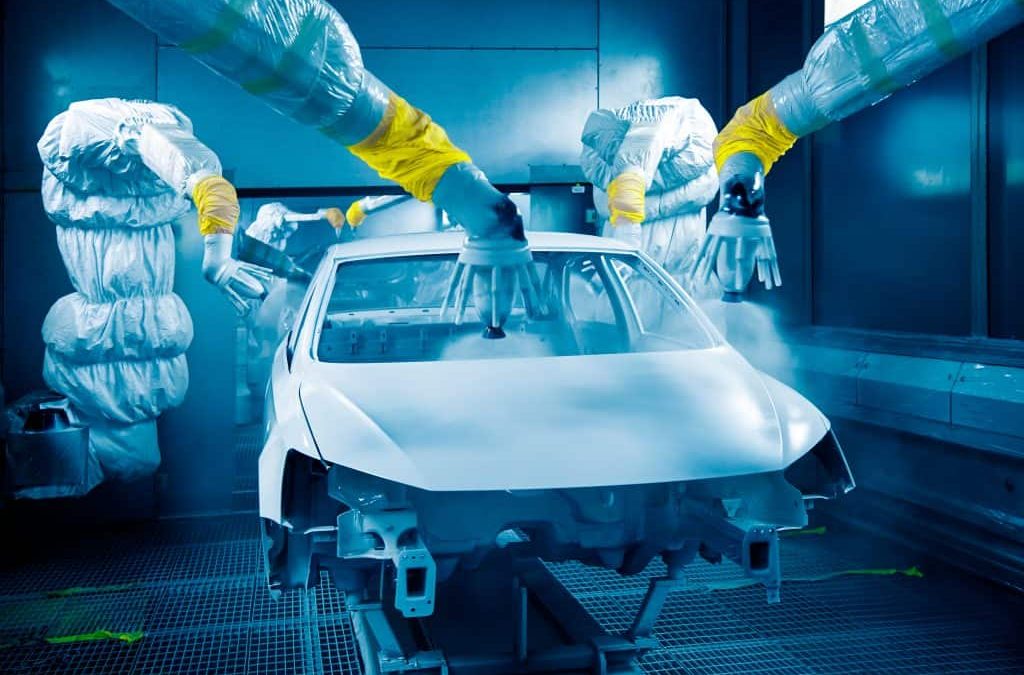Are you wondering how to remove decals from car without damaging paint? Whether it’s that old bumper sticker you regret or a decal from a previous owner, removing stickers without harming your vehicle’s beautiful paint can seem daunting. Rest assured; the process can be as smooth as your car’s paint job with the right techniques.

Understanding the Importance of Proper Removal
First, why is it so crucial to remove decals correctly? Improper removal can lead to scratches, residue, and even paint damage, affecting the overall look of your car. This can also lower your vehicle’s resale value. This article will walk you through every step, ensuring that you can remove decals safely and effectively.
Necessary Tools and Materials
Gathering the Right Supplies
To get started, you’ll need some essential tools and materials:
- Heat Gun or Hair Dryer: To soften the adhesive.
- Plastic Scraper or Credit Card: To lift the decal without scratching the paint.
- Adhesive Remover: To clean up leftover adhesive.
- Microfiber Cloth: For wiping and cleaning.
- Soap and Water: For initial cleaning.
Step-By-Step Guide
Cleaning the Area
Before attempting to remove the decal, make sure to clean the area using soap and water. This step ensures that there is no dirt or debris that could scratch the paint during the decal removal process.
Heating the Decal
Use a heat gun or hair dryer to soften the adhesive. Hold it a few inches away from the decal and move it around to heat the area evenly. This step is crucial in ensuring the adhesive becomes pliable, making it easier to remove the decal without causing harm to the paint.
Peeling Off the Decal
Use a plastic scraper or a credit card to carefully lift the edge of the decal. Slowly peel it away, applying additional heat as needed. Be patient and gentle to avoid damaging your car’s paint. The goal is to remove the decal in one piece.
Removing Adhesive Residue
After the decal is removed, you’ll likely have some adhesive residue left. To tackle this, apply a small amount of adhesive remover to a microfiber cloth and gently rub the area. Make sure to follow the instructions on the adhesive remover product you use, ensuring it is safe for automotive paint.
Troubleshooting Common Issues
Tackling Stubborn Decals
Sometimes, decals can be particularly stubborn, refusing to come off even with heat. If this happens, try to soak the decal with a bit of warm, soapy water and let it sit for a few minutes before scraping again. In extreme cases, you might need to repeat the heating and peeling process.
Dealing with Paint Damage
If you notice any scratches or paint damage after removing the decal, don’t panic. Light scratches can often be buffed out with polishing compound and a bit of elbow grease. For more serious damage, you might want to consult a professional detailer.
The Benefits of Professional Services
Why Hire a Professional?
While DIY decal removal is entirely feasible, sometimes it’s best to leave it to the professionals. They have the experience, tools, and knowledge to get the job done efficiently and safely.
What to Expect
A professional service will typically offer a thorough cleaning, decal removal, and paint restoration if necessary. This can be particularly useful if you’re planning to sell your car or if the decals are in hard-to-reach areas.
Preventative Measures
Applying Decals Correctly
To avoid future headaches, ensure that any new decals are applied correctly. Choose a smooth, clean surface, and apply the decal using proper techniques to ensure easy removal down the line.
Regular Maintenance
Regularly washing and waxing your car can keep the paint surface in optimal condition, making it easier to work with decals. A well-maintained car is not only more aesthetically pleasing but also easier to manage in terms of decal application and removal.
Alternative Methods
Chemical Solvents
Some people swear by chemical solvents specifically designed for decal removal. These can be effective but must be used cautiously to avoid damaging the paint. Always follow the manufacturer’s instructions.
Vinegar and Baking Soda
A more natural alternative involves a mix of vinegar and baking soda. This method is more eco-friendly and can be a gentle option for those concerned about using harsh chemicals on their car’s paint.
Rubbing Alcohol
Another household item that can work wonders is rubbing alcohol. Apply it sparingly to a cloth and gently rub the adhesive residue away.
Frequently Asked Questions (FAQ)
Can I use a razor blade to remove decals?
No, using a razor blade is not recommended as it can easily scratch and damage your car’s paint.
How long does the process take?
This depends on the size and type of decal, but most decals can be removed within 30 minutes to an hour.
Is it safe to use a heat gun on my car?
Yes, it is safe as long as you keep the heat gun moving and dont hold it too close to the paint. Always use the lowest heat setting required to get the job done.

Conclusion
Removing decals from your car without damaging the paint is entirely possible with the right tools and techniques. Whether you choose the DIY route or opt for professional help, understanding the process is key to achieving a great result. So, are you ready to give your car a decal-free makeover? Follow this guide, and your car’s paint will stay pristine!
For a related tutorial on car paint, you can check this How to Paint a Car.
For detailed insights into high-speed manufacturing processes, you may find Genetic Analysis helpful. Additionally, learn about Semiconductor Wafer Polishing and Tachometer System for more technical knowledge relevant to automotive professionals.
